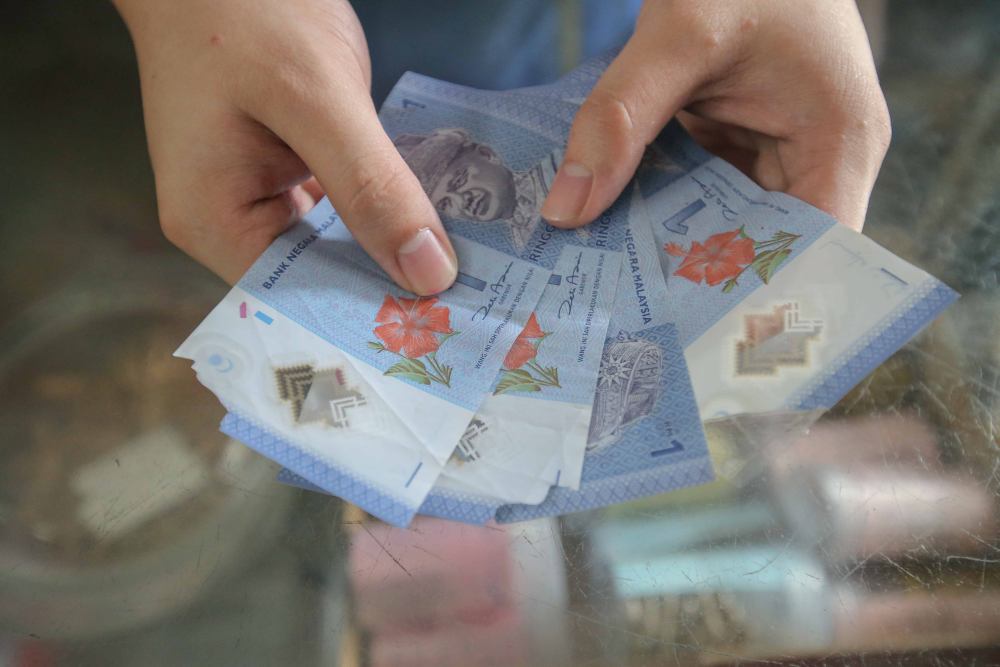IPOH, Nov 26 — While some commercial banks are willing to accept mutilated money for free, some will impose a certain fee.
However, there is one place where you can be sure of trading in the currency without any additional charge and that is at Bank Negara Malaysia (BNM).
“All exchanges of mutilated banknotes are free of charge,” the central bank told Malay Mail in an email when contacted for clarification on charges by some commercial banks that exchange unfit currency.
BNM said customers can exchange their damaged money for free at its headquarters in Kuala Lumpur, or at any of its regional branches which are located in Penang, Johor Baru, Kota Kinabalu, Kuala Terengganu or Kuching.
It said customers can change their damaged money at commercial banks if it is more convenient for them.
However, BNM advised the public to make exchanges directly with it if the banknotes are severely damaged, such as those that are partially burnt or are damaged by termites.
At the same time, the central bank cautioned customers that they may not get the same value for the damaged money they trade in.
It explained that the value of the exchange largely depends on two main conditions: the size of the banknotes and the level of damage.
“Customers receive full value when they exchange the banknotes which has more than two-thirds of the original size.
“However, customers only receive half the value if the banknotes are more than half but less than two-thirds of the original size. If less than half, there would be no value at all,” BNM said in a statement on exchanging damaged money available on its website.
“Meanwhile, for the level of defacement, customers could get full value if minor defacement is found on the note. However, major defacement and marking on the portrait of SPB Yang di-Pertuan Agong has no value at all,” it added.
What happens to the damaged money?
According to BNM, today’s paper-based and polymer-based banknotes have a circulation shelf life of between 10 to 20 years.
“Polymer-based banknotes, in particular, would last longer due to its relatively higher durability. In the case of coins, it can last up to 30 years.
“Mutilated banknotes, for example torn, soiled, burnt or stained, returned by members of the public to BNM would be assessed and replaced based on specific assessment criteria, while the unfit banknotes would be removed from the circulation,” it told Malay Mail in the email.
On its website, the central bank said Malaysian banknotes are considered fit for recirculation if it meets the criteria set by the central bank, which is that it must be: not counterfeit money; free from holes, tears; not missing a portion; not taped; has uniform brightness; free from excessive soiling; free from ink-water stains, particularly on the portrait of SPB Yang di-Pertuan Agong; and lastly free from defacement.
Banknotes that do not meet the prescribed quality standards, for example, those that are burnt, crumpled, punctured, ink-worn, repaired and shrunk will be taken out of circulation.



















